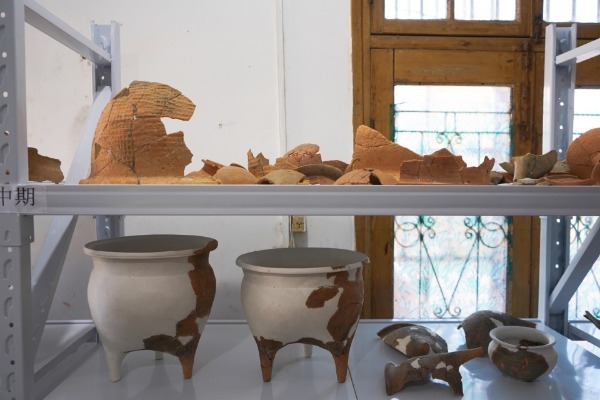Earliest Chu relics in China's Hunan discovered
Xinhua | Updated: 2021-01-12 16:01

Archaeologists in Central China's Hunan province have excavated a batch of cultural relics that boast distinctive Chu culture characteristics and are the earliest of their kind ever found in Hunan.
The unearthed stoneware, pottery and ruins of workshops, pits and wells date back to the mid-Spring and Autumn Period (770 B.C.-476 B.C.), said experts with the Hunan provincial institute of cultural relics and archaeology, which led the excavation work.
Spanning an area of 2,500 square meters, the excavation was conducted last year at the Luocheng ruins site in the city of Yueyang. The site was widely regarded by archaeologists as a county established by the Chu State in its heyday to expand its territory southward.
The discoveries provide evidence that the Chu culture entered the region of today's Hunan through migration of the Chu people, and the Luocheng site could be one of their earliest settlements.
Chu, a powerful state during the Spring and Autumn Period and the ensuing Warring States Period (475 B.C.-221 B.C.), was largely situated in the area of today's Hubei province, which borders Hunan to the south.























